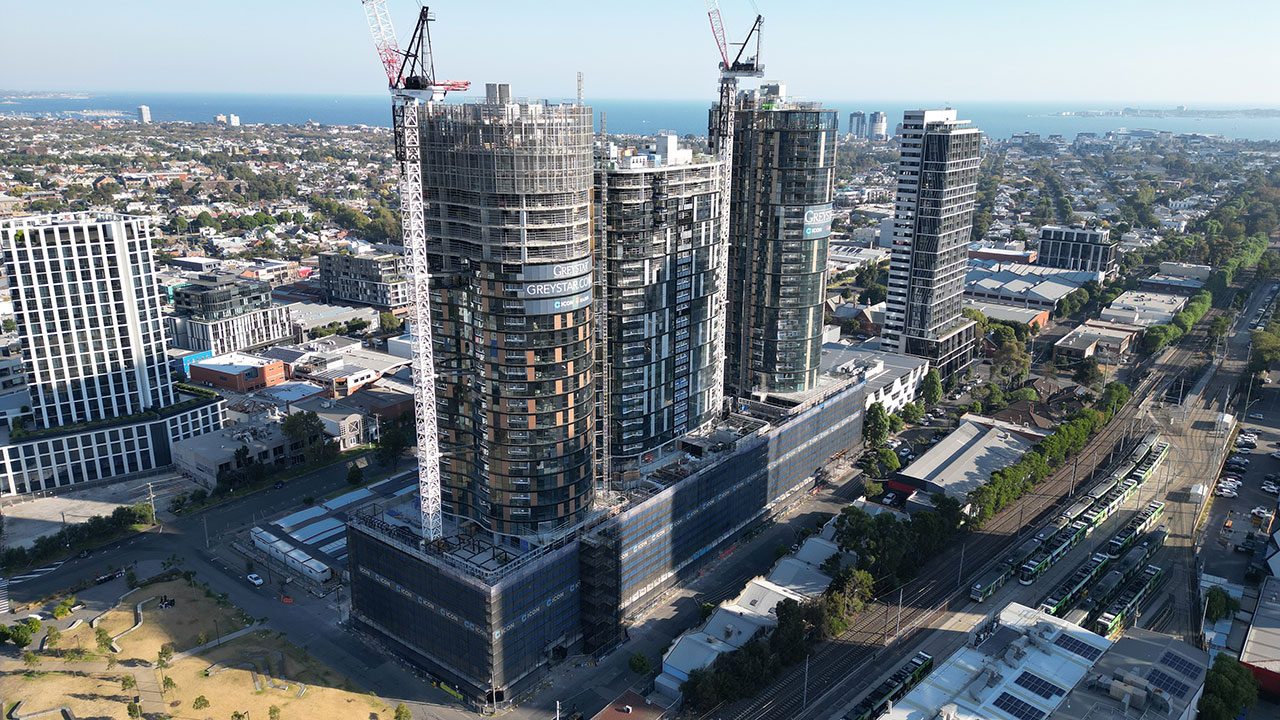This article is from the Australian Property Journal archive
PROPERTY, community housing and construction industry peak bodies have roundly welcomed Parliament’s passage of the build-to-rent bill, which could deliver 80,000 new rental homes over the next decade to a critically undersupplied market.
The build-to-rent bill – alongside dozens of others – was passed on Parliament’s last sitting day of 2024 after the Greens secured a provision for build-to-rent leases to be extended to up to five years, as well as a $500 million boost to social housing funding.
Eligible build-to-rent projects will be provided with a reduced 15% managed investment trust withholding rate. The scheme will also mandate a percentage of affordable dwellings.
EY modelling shows the amended legislation can deliver 80,000 new rental homes over the next ten years. Of these, 8,000 would be affordable homes and 1,200 would become available to rent in the near future. Vacancy rates in the rental market remain crushingly low amid a national housing crisis. The federal government’s National Housing Accord is aiming to deliver 1.2 million “well-located” homes over five years in a bid to pump supply into the market.
Property Council chief executive Mike Zorbas said the bill would give people more opportunities to achieve their savings goals, including owning a home, because of the superior rental security.
“The government’s legislation is a welcome investment in 80,000 new, secure rental homes over the next decade. This is the largest ever Federal supply of rental homes,” Zorbas said.
“This is the largest induction of investment in new rental homes by a federal government in recent memory.
“Housing Minister O’Neil has championed this rental supply. Her pragmatic approach has delivered a solution that the property, community housing and social services sectors welcome as a positive first step.”
There is the potential to deliver more than twice the 80,000 homes if “we get it right”, according to the Property Council.
Passage of the bill marks the end of a year-long political fight. The Greens had held up the bill in the Senate, recently looking to negotiate for freezing and capping of rents, “ending tax handouts for property investors that stop renters buying their first home”, and establishing a government-owned property developer that it says would build 610,000 homes to be sold at just above the cost of construction, with rents capped at 25% of income.
Research by Insightfully has found seven in 10 Australians who want to buy a home in the next five years fear they won’t be able to.
“We need to continue to develop policies that increase housing supply while also encouraging people into home ownership,” said Master Builders Australia CEO Denita Wawn.
“Build-to-rent is the start of encouraging more institutional investment into new home building, something which has been lacking for a long time because the projects simply don’t stack up.”
Construction costs are expected to remain “stubbornly” elevated until at least 2027, according to a new WT report.
Urban Development Institute of Australia (UDIA) national president Col Dutton said the bill is a welcome step which will encourage investment and construction in the sector.
The Community Housing Industry Association and National Shelter declared passage of the housing bill as “an important step in combating the rental crisis facing Australia”.
Build-to-rent operators will also be prevented from using no fault evictions, and the definition of affordable tenancies will ensure properties are available to people on moderate and low incomes, with rents capped below 74.9% of the market value or 30% of income, whichever is lower.
“This is a critically important step forward,” said CHIA CEO, Wendy Hayhurst.
“We have a cast iron commitment that provides a pipeline of genuine affordable housing managed by the people who are experts in doing so – community housing providers.
“When done correctly, build-to-rent provides tenants the sort of stability they badly need but can’t get because private ownership is out of their reach.
National Shelter spokesperson, John Engeler said the bill provides a “consistent nationwide level of certainty, especially the provisions around no-fault evictions, five-year leases and improved affordability”.
Passage of the Help-to-Buy scheme was also welcomed. The shared equity scheme allows eligible home buyers to co-purchase their properties with government, requiring a deposit of as little as 2%.
Master Builders “strongly supported” the legislation.
“Help-to-Buy hits two birds with one stone – it supports more Australians to reach their aspiration of owning their own homes with the effect of driving more investment in new home building,” Wawn said.
The UDIA’s Dutton said, “The passage of the Help-to-Buy scheme is a welcome outcome after months of debate, and as a result, key workers will now have the same opportunity as others to own a home.”
Wawn added that Master Builders “thank the Parliament for resisting the temptation to change negative gearing and capital gains tax arrangements, which would have had a disastrous impact on housing supply”.




